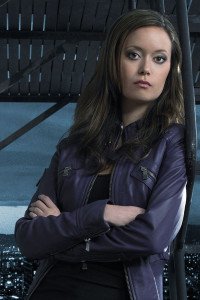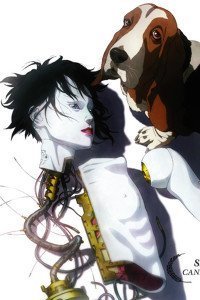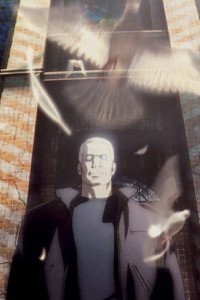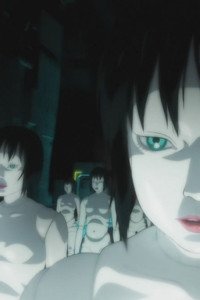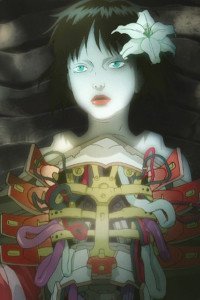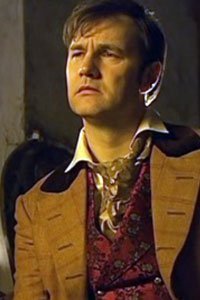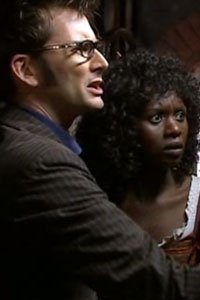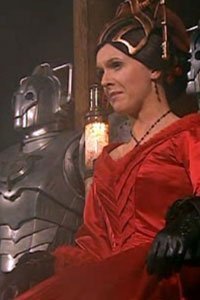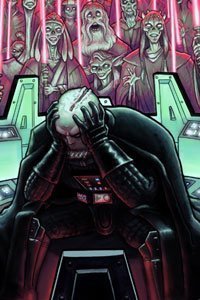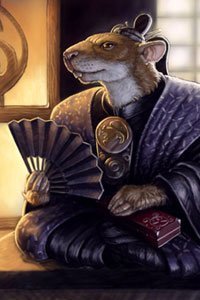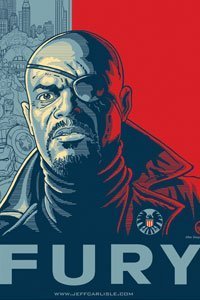Visual Wizardry Elevates Avatar Above its Collective Clichés
Heralded as the harbinger of cinema’s new age of enlightenment, James Cameron’s 3D extravaganza Avatar is a feast for the eyes and a light snack for the spirit. The script’s primary ingredients of corporate greed, military zealousness, indigenous spirituality, and flawed heroes going native are nothing new, but this thematic skeleton is given flesh and blood through the masterwork of over ten visual effect studios that have made the tall blue aliens and the fantastic flora and fauna of their world Pandora come alive.
The understated 3D effect was a subtle boost to immersion, but the meticulously detailed, flawlessly animated Na’vi and Na’vi-Human hybrids were the true saving grace of this otherwise lackluster story. The creature designs were also exceptional, but the effects studios long ago mastered the art of providing convincing critters.
Early concerns that the vivid computer-generated characters would not blend well with the “real life” cast were completely unfounded. In fact, the subtle stylistic unrealities are what saved the Na’vi from the uncanny valley, and allowed moviegoers to fully appreciate their alien beauty and intricate expressions without an overly critical eye.
Laundry list of tired tropes aside, Avatar is an engaging, entertaining experience, that may only afterwords pose a few thorny questions: Do blue half-human clones — self-aware or otherwise — have no rights in the future? Has Ripley’s great-granddaughter atoned for Sigourney Weaver’s hand in the death of Hicks and Newt?
Only time can tell, as a sequel is certainly in our future.
Written by Jeff in December of 2009. Last edited March 2019.
 Blue Moon Rising
Blue Moon Rising

